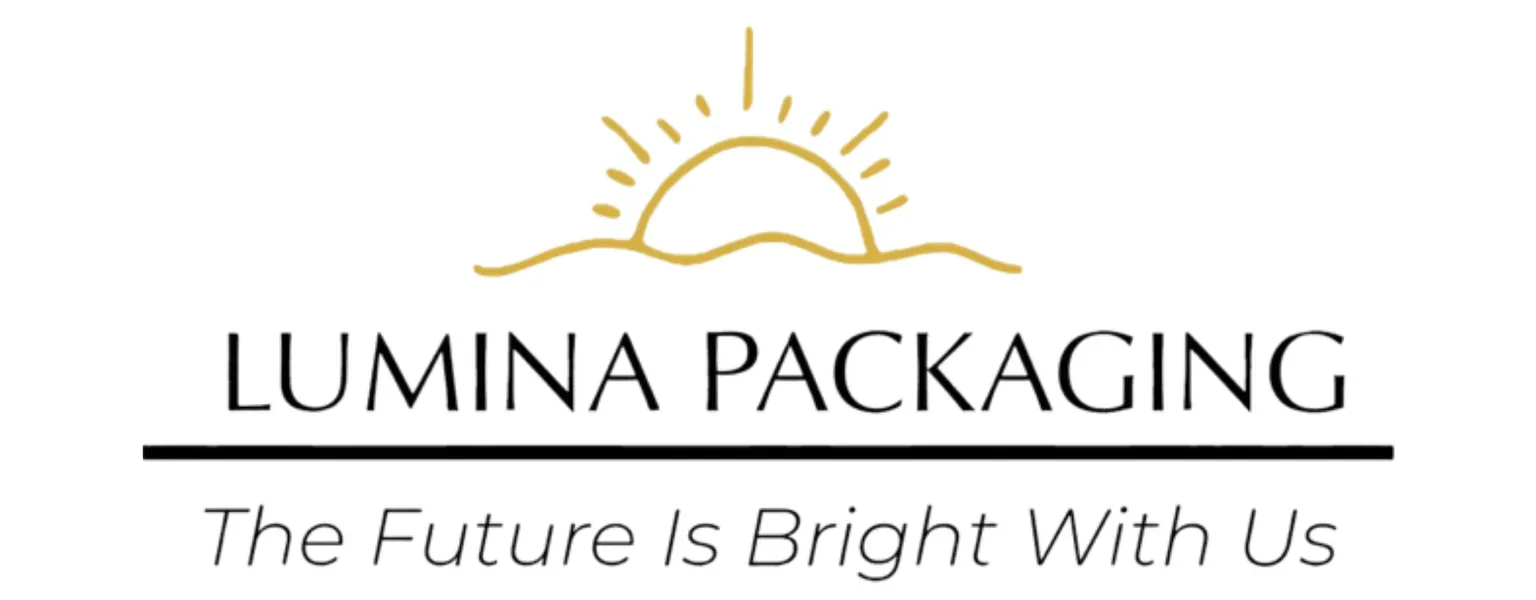The ultimate guide to commercial packaging solutions

Supplier News
In today’s competitive market, commercial packaging plays a crucial role in ensuring products are protected, presented, and delivered efficiently. Whether you’re a small business shipping handmade goods or a large-scale manufacturer distributing products globally, the right packaging solutions can make all the difference. This comprehensive guide explores the essentials of commercial packaging and how to select the best options for your needs.
Why is commercial packaging important?
Commercial packaging serves multiple purposes beyond simply containing a product. It protects goods during transportation, ensures compliance with industry regulations, enhances brand visibility, and can even contribute to sustainability goals. When done correctly, packaging not only safeguards your product but also strengthens your brand identity.
How to determine your packaging needs
Every business has unique packaging requirements. To determine what’s best for your operations, consider the following:
- Product Type: Is your product fragile, perishable, or oversized? Different products require different packaging materials and designs.
- Target Market: Who are your customers? Packaging should align with their expectations while reflecting your brand's ethos.
- Shipping and Storage Conditions: Will your product face extreme temperatures, high humidity, or rough handling? Ensure your packaging can withstand these conditions.
- Budget: High-quality packaging is an investment, but it’s essential to balance costs and benefits.
Key types of commercial packaging
Here are some of the most common types of packaging solutions used in the industry:
1. Corrugated Boxes
Corrugated boxes are lightweight yet sturdy, making them ideal for shipping a variety of products. They are available in different sizes and thicknesses to suit specific needs.
2. Flexible Packaging
Flexible packaging includes materials like plastic films, pouches, and bags. It’s highly adaptable and often used for food, beverages, and personal care items.
3. Rigid Packaging
Rigid packaging, such as glass jars and hard plastic containers, offers excellent durability and a premium look, often preferred for luxury goods.
4. Eco-Friendly Packaging
Sustainable packaging solutions, such as recycled cardboard or biodegradable materials, are growing in popularity. They align with the increasing consumer demand for environmentally responsible products.
5. Protective Packaging
Protective packaging, like bubble wrap and foam inserts, is essential for fragile items. It reduces the risk of damage during transit.
How to choose the right packaging materials
Selecting the best materials for your packaging is critical. Here are some tips:
- Durability: Ensure the material can handle the weight and fragility of your product.
- Sustainability: Opt for recyclable or biodegradable materials to minimize your environmental impact.
- Cost-Effectiveness: Balance quality and cost to meet your budgetary constraints.
- Aesthetics: Consider how the material reflects your brand image and appeals to your target audience.
The role of packaging design
Packaging design isn’t just about aesthetics; it’s a vital component of your marketing strategy. Here’s why it matters:
- Brand Recognition: Unique designs make your product stand out on the shelf.
- Customer Experience: Easy-to-open, functional designs enhance consumer satisfaction.
- Information Sharing: Packaging can communicate key product details and instructions.
Common packaging challenges and solutions
While packaging is essential, it can come with its own set of challenges. Here’s how to tackle them:
- Cost Management: Streamline processes and source materials in bulk to reduce costs.
- Sustainability: Partner with suppliers that prioritize eco-friendly materials.
- Storage: Choose packaging that optimizes warehouse space and reduces transportation costs.
- Compliance: Stay updated on industry regulations to avoid legal issues.
Local considerations for packaging in Tempe, Arizona
If your business operates in Tempe, Arizona, it’s essential to consider local factors:
- Climate: Arizona’s high temperatures can affect certain packaging materials. Opt for heat-resistant solutions where necessary.
- Logistics: Being close to major shipping hubs, Tempe businesses can benefit from efficient distribution channels.
- Community Values: Many consumers in the area value sustainability, so eco-friendly packaging can enhance your brand appeal.
FAQs about commercial packaging solutions
1. What is the most cost-effective packaging for small businesses?
Corrugated boxes and flexible packaging are often affordable and versatile options for small businesses.
2. How can I make my packaging more sustainable?
Use recycled materials, minimize excess packaging, and partner with suppliers who prioritize sustainability.
3. What should I include on my packaging?
Include your brand logo, product information, instructions, and any required regulatory labels.
4. How do I ensure my packaging meets industry regulations?
Research the specific regulations for your industry and consult with packaging experts.
5. Can I customize my packaging without overspending?
Yes, many suppliers offer affordable customization options, such as printed logos or branded tape.
Conclusion
Effective commercial packaging is a cornerstone of any successful business. By understanding your unique needs, exploring material options, and addressing potential challenges, you can develop packaging solutions that protect your products, enhance your brand, and support your business goals. Whether you’re just starting or looking to optimize your current packaging, investing in the right solutions is always worth it.
Contact us with your packaging needs

This article was originally published by Lumina Packaging.




